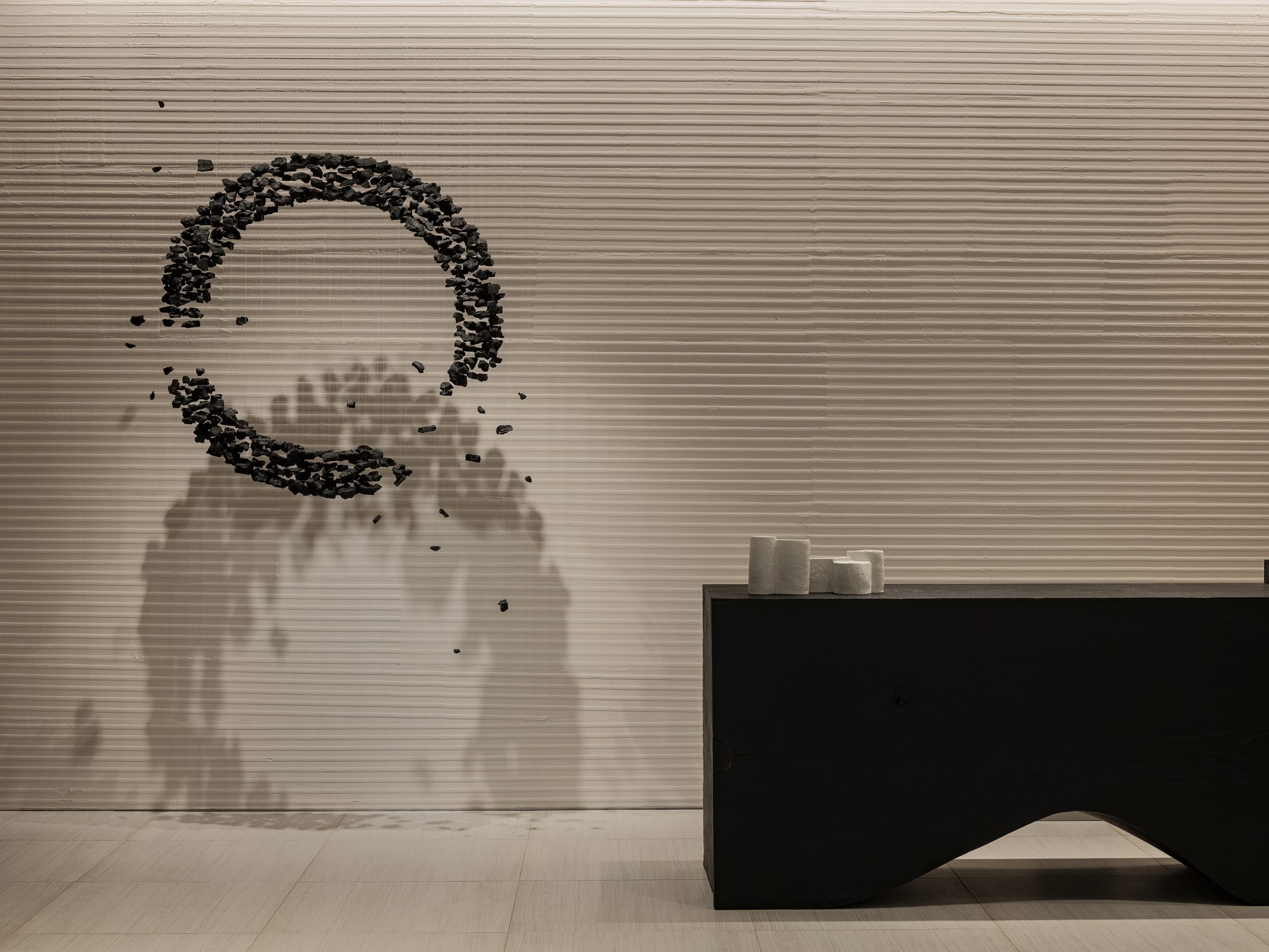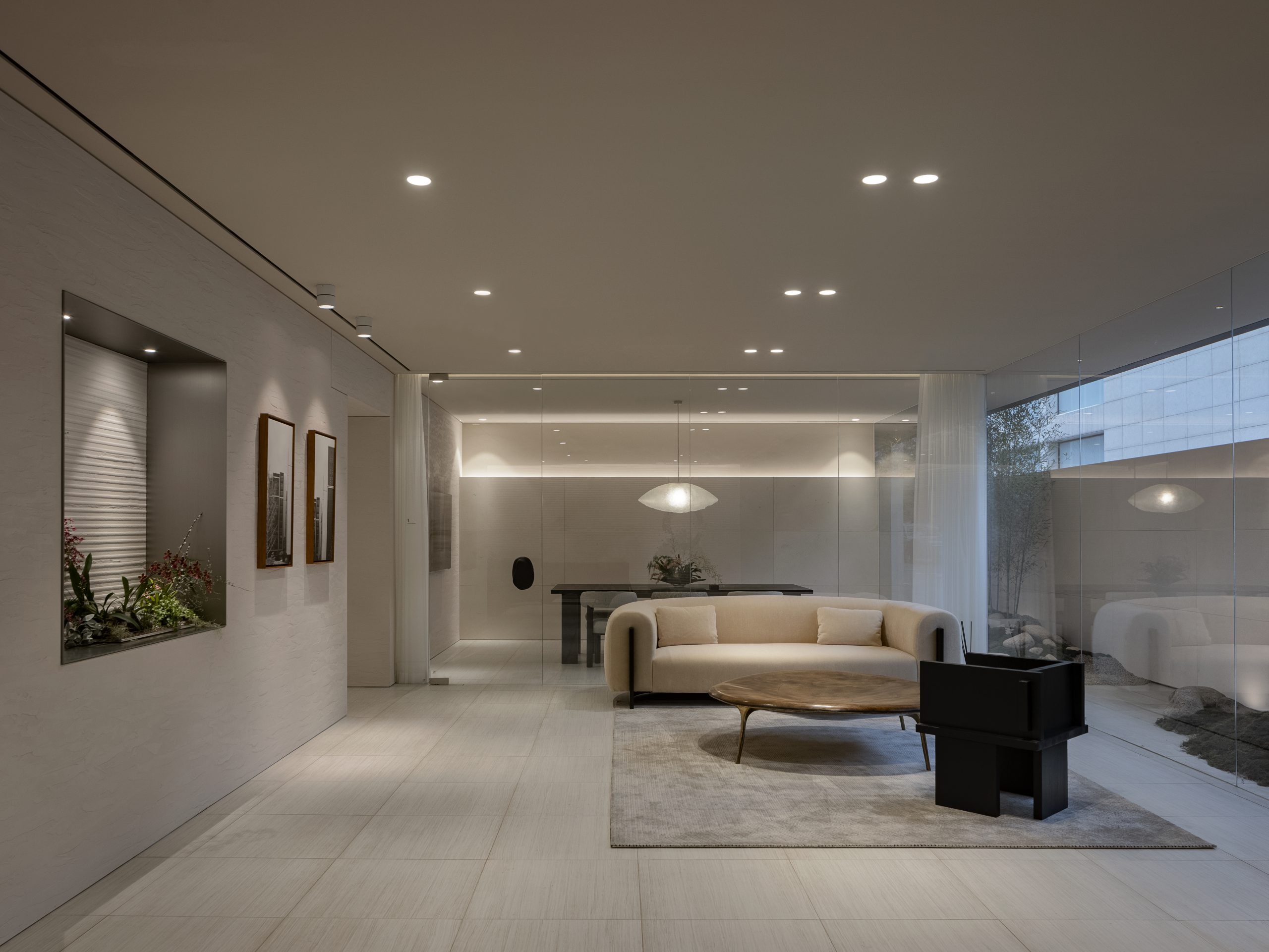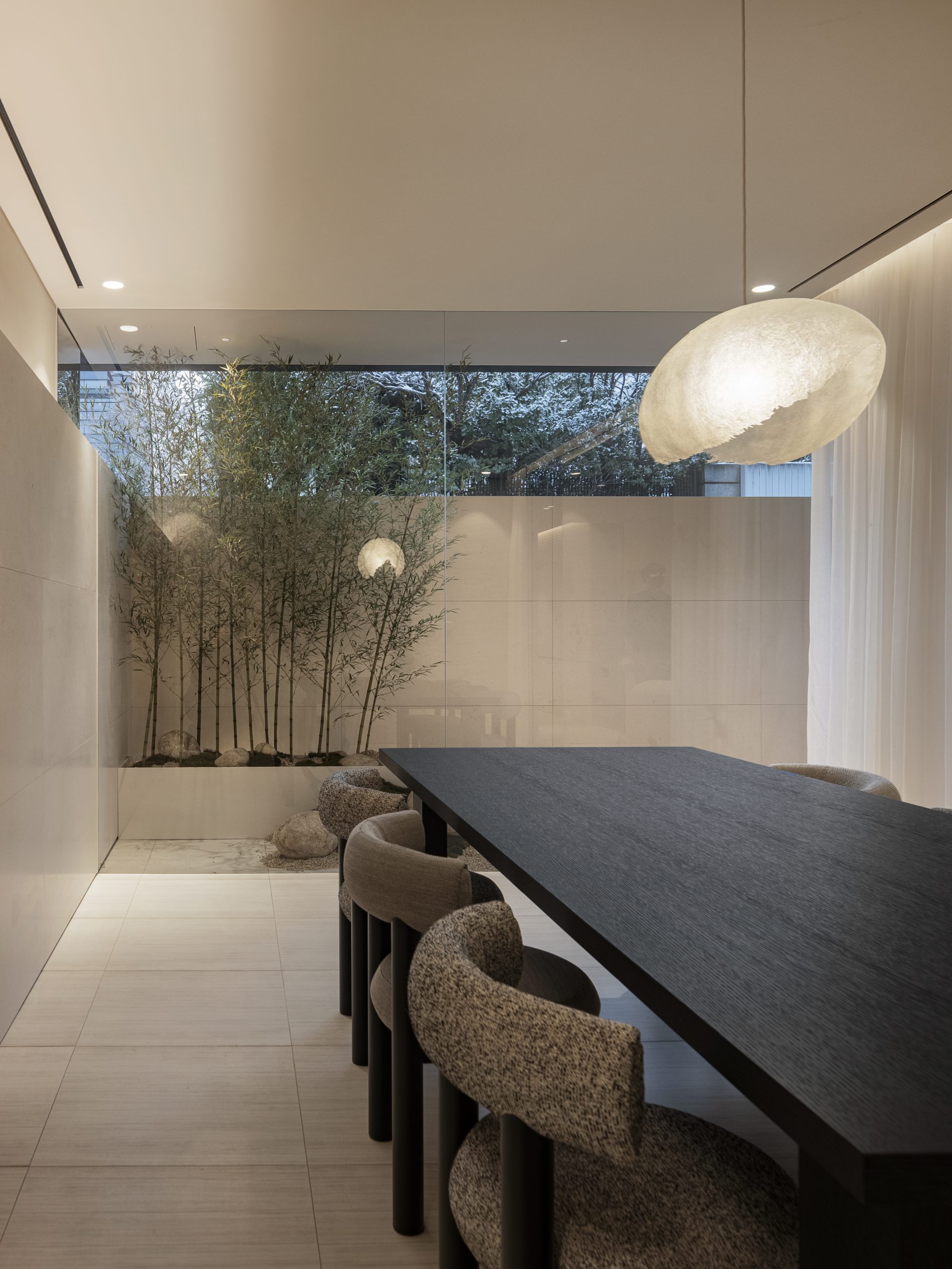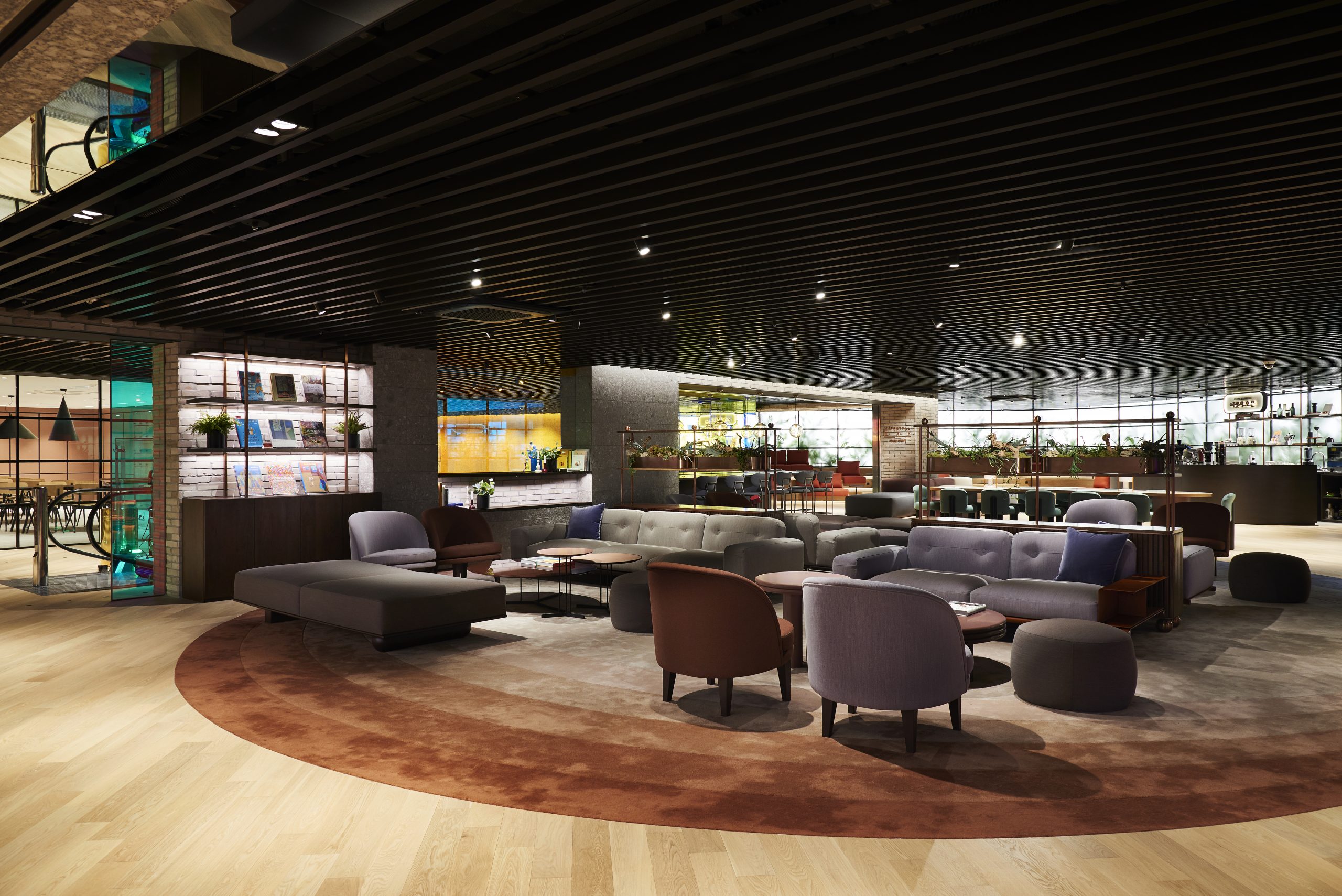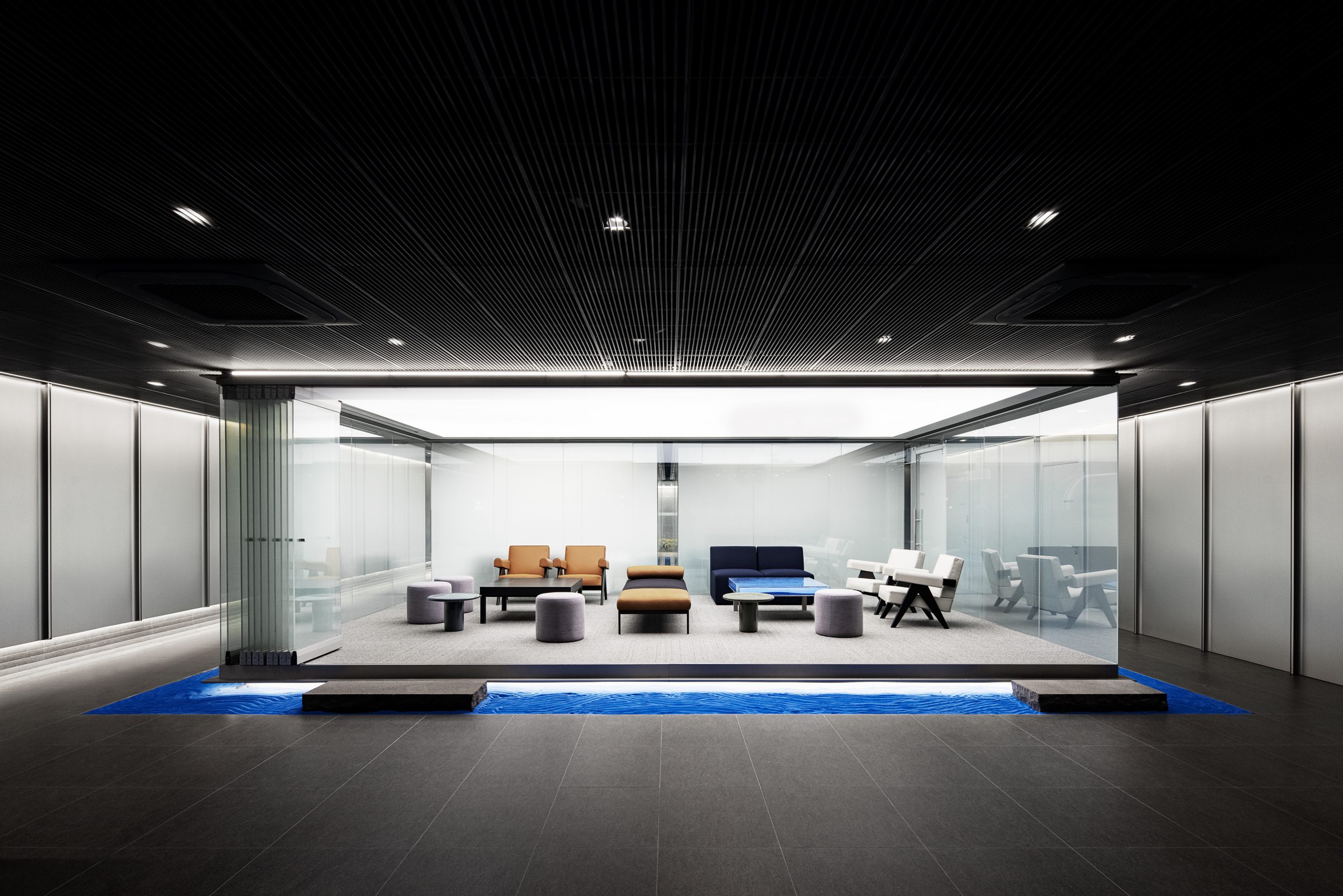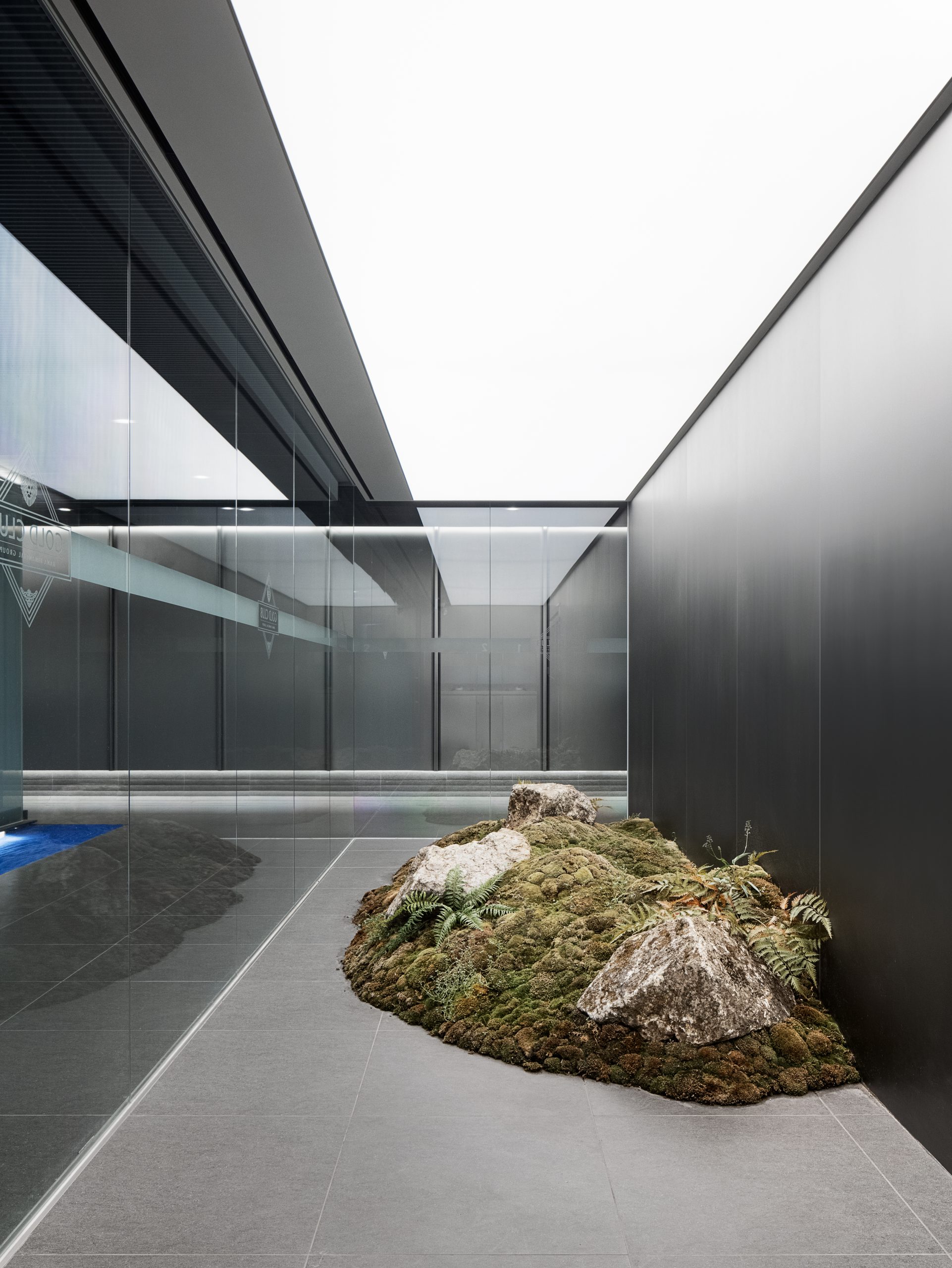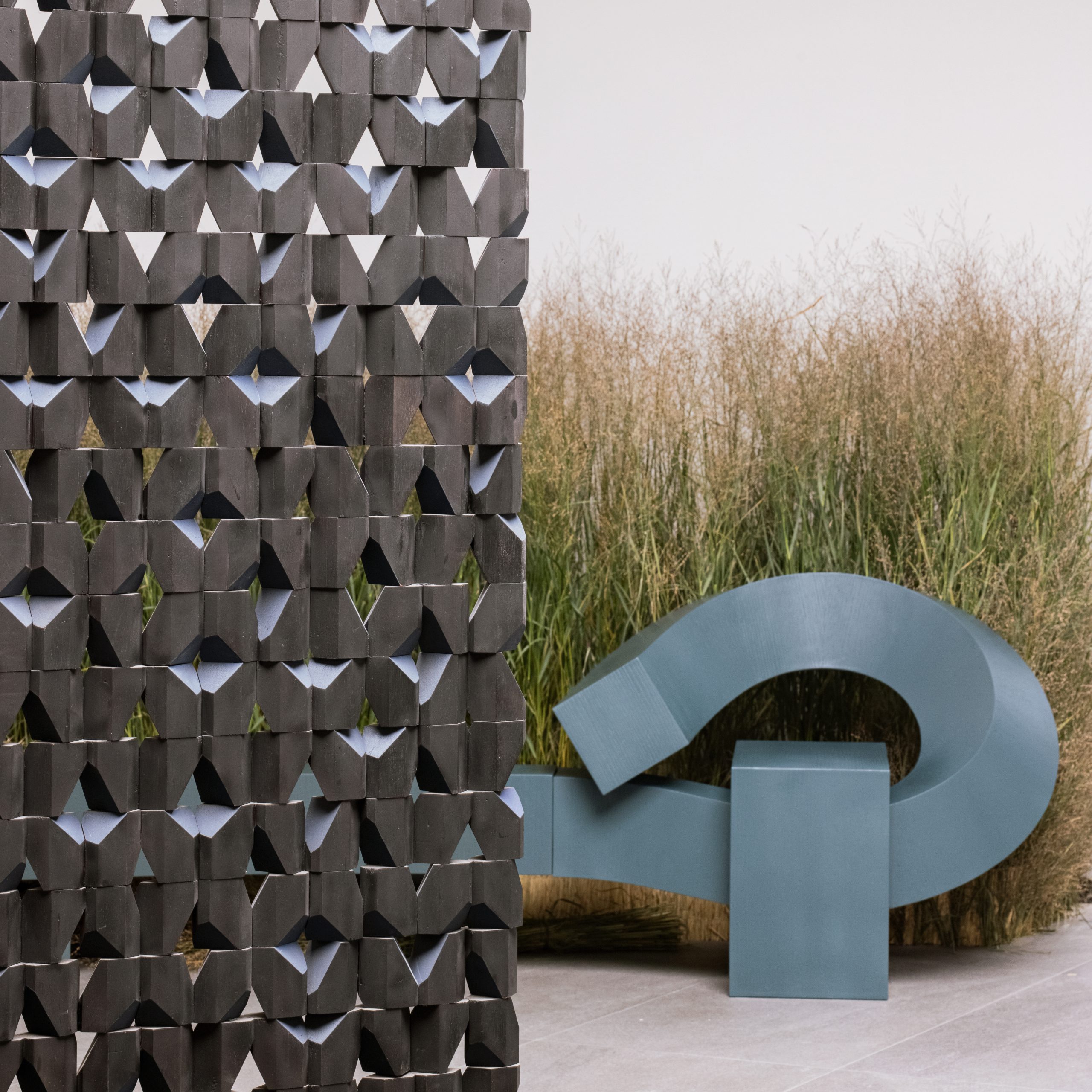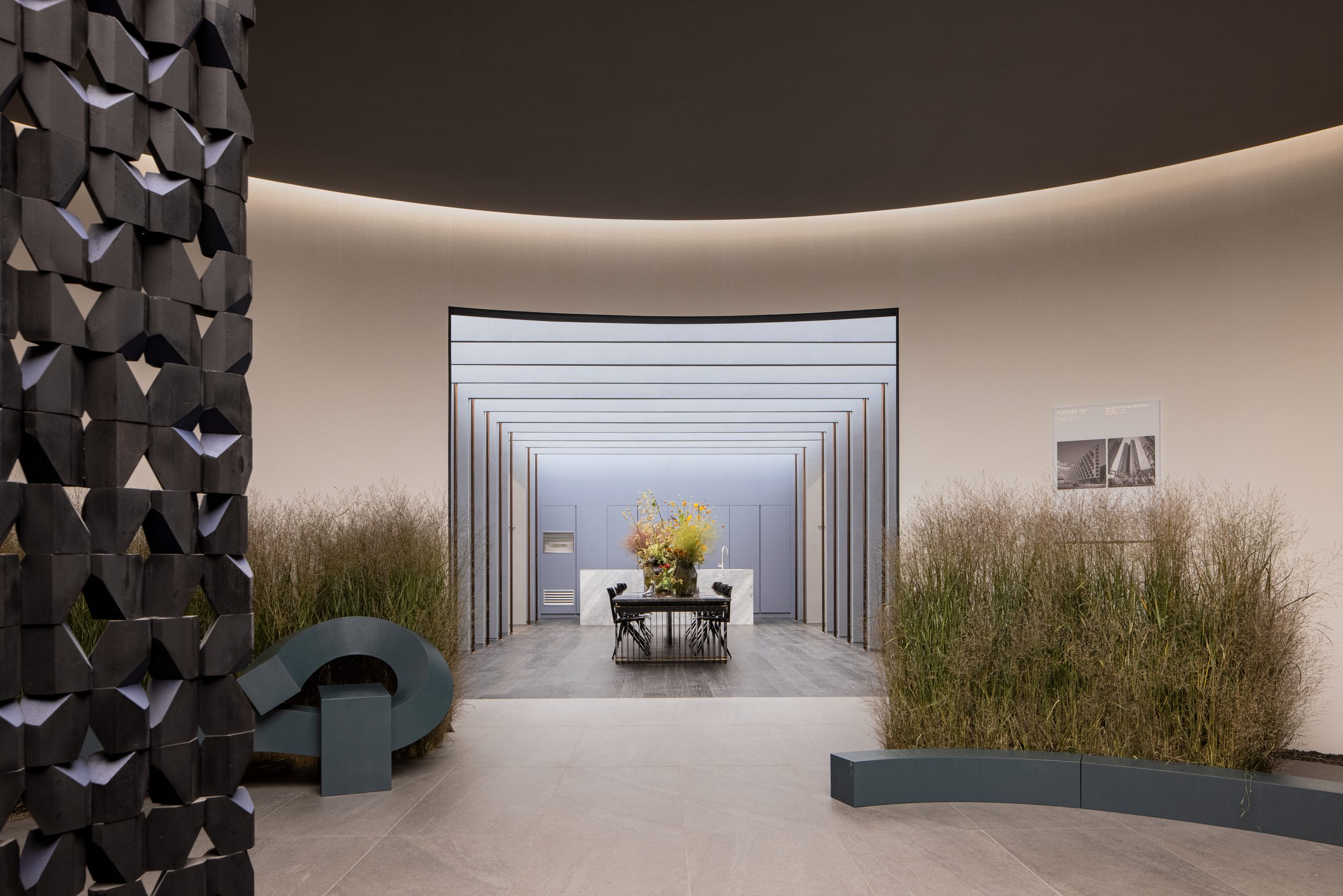In this edition, Asia Designers Directory casts the spotlight on Daniel Song and Kate Cho, principals and co-founders of intg. Based in Seoul, this husband-and-wife duo leads in the country’s architectural design scene, with a diverse portfolio ranging from hotels, institutions, offices and retails spaces.
Both of you graduated from Columbia University and worked in architectural firms across the world before you founded intg. Can you tell us more about intg’s inception and its design philosophy?
Our design process is research-oriented practice. At the beginning of each project, we pursue creative research to establish the potential and inspirations specific to the project. We try to find the balance between being logical/practical and being poetic throughout the entire process – that way the space becomes very useful and resonates at the same time.
Instead of seeking a certain “style of design”, our studio practice is more inclined towards creating an experience for people inhabiting the space, spending time there through design.We believe that design can change the vision and impact how people live in the city. To achieve it well, we tend to become observers and try to understand the existing situation at the beginning of every project. This is when the research process becomes very important.
During the early stage of the project, we find unique narratives and DNAs of each project, and it becomes a starting point for an architectural idea. With our design intention, we connect all different aspects of the project in a linear way so that the experience becomes cohesive. One of the fascinating roles of architects is to compose a series of experiences throughout the journey in the space we create regardless of it being a building, interior space, or a piece of furniture. It is always an iterative process. In that way, we see it as composing a piece of music, conducting an orchestra with spatial ingredients for us. It is not like painting or drawing an image.
Materiality and detailing those relationships are very important ingredients because those are what people sense when they are in the space. 1 cm of height difference or 2mm of revealing can create a whole different experience. So it is also very important to keep our creative energy alive until the project completes.
- N40 Lounge
- N40 Lounge
- N40 Lounge
Intg has collaborated with many major brands in South Korea. What are some design considerations and what is your design process like?
We start by trying to have a deeper understanding of the projects’ innate DNA –whether it is from a mother corporation that owns the brand or the historic context of the site and program which becomes the potential narrative that led to their “brand” philosophy. A brand constitutes people’s perception before they visit the space. I believe we as designers build the perception through space. It is critical to understand who will experience the brand through the space to be able to translate a brand’s value into spaces. As a designer, we need to have the third eye perspective, unlike an artist who focuses on understanding themselves. It is still a subjective and personal process for us to strike a balance between what we prefer and what the brand wants.
- Lotte Culture Lounge, South Korea
- Lotte Culture Lounge, South Korea
Which projects have left the deepest impression and why?
The Hana project is a bank branch design project we recently completed. It is an example of a project where we translated a vision to spatial experience in a successful way. We started by asking “What would be the role of the bankers and the bank branches in 10 years when all transactions will happen online?”, “What if there won’t be any physical money in the future? What would the bank keep in their vault?”
Different narratives of the projects act as our starting point for drawing layout, designing with light, and selecting and experimenting with materials and detailing. The materiality enhances the tactile experience of the space and gives it a certain identity. Also, for the Hana project, those questions helped shaped the project’s layout – one which banks never had – and we presented the materials in a different way to create an unexpected, yet pleasurable experience.
- Hana Bank Yeoido, South Korea
- Hana Bank Yeoido, South Korea
- Hana Bank Yeoido, South Korea
How has the design scene evolved in South Korea?
The history of the city of Seoul is very long, but since the war was over in the 1950s, the modern side of Seoul was built quite rapidly – you will see multi-faceted sides of the city as you spend more and more time here. In terms of architecture and urban landscape of Seoul, in comparison to western countries, I think we are more open to new developments, changes and experiments than trying to preserve things as they were. It happens when we agree that those changes impact our urban lives in a positive way.
In the old centre of Seoul, preserving and valuing our tradition is more important. But in contemporary districts such as business districts and Gangnam, dynamic energy has been infused by emerging generations. The architecture you’d see in Seoul can seem experimental, though not necessarily futuristic, yet respectful of tradition, posing a juxtaposition of old and new in a very creative way in Seoul.
- Brighton Hannam Gallery, South Korea
- Brighton Hannam Gallery, South Korea
- Brighton Hannam Gallery, South Korea
- Brighton Hannam Gallery, South Korea
- Brighton Hannam Gallery, South Korea
What are you working on at the moment?
We are currently working on various projects ranging from architecture to interior design. We have been involved as a creative partner/ designer in establishing and designing a luxury residence brand in Seoul called “Brighten” for Shin Young, the largest and oldest developer in Korea. It is a very meaningful project in a way that each residential project is developed very thoughtfully in consideration to the locality of the site, whilst respecting the culture and lifestyle of the local lives. From the typology of the living to the definition of “luxury”, we try to establish narratives very specific to the location.
Another project we are working on is the Bentley showroom in Seoul. We are in the process of researching the history of Bentley and try to find an inspirational narrative that can be conveyed throughout the spatial experience when visi

